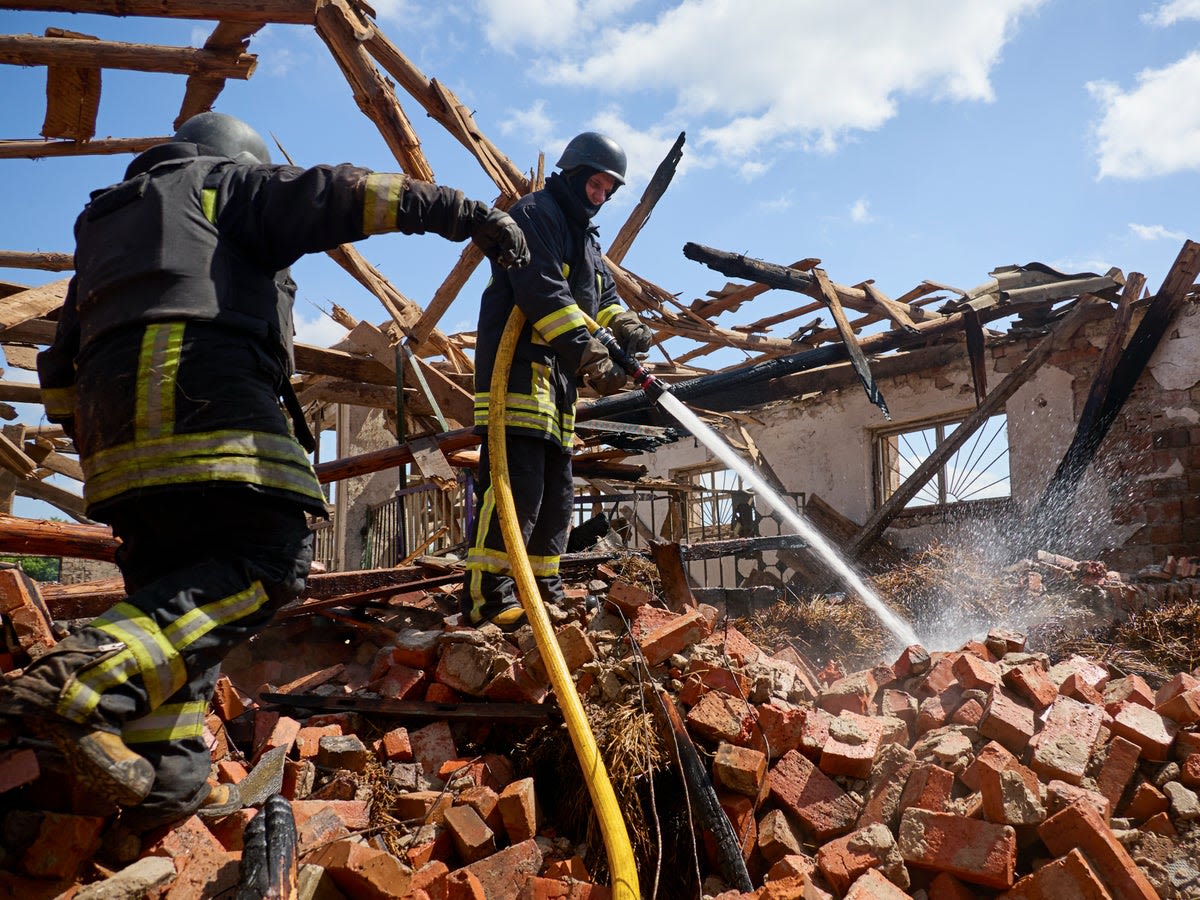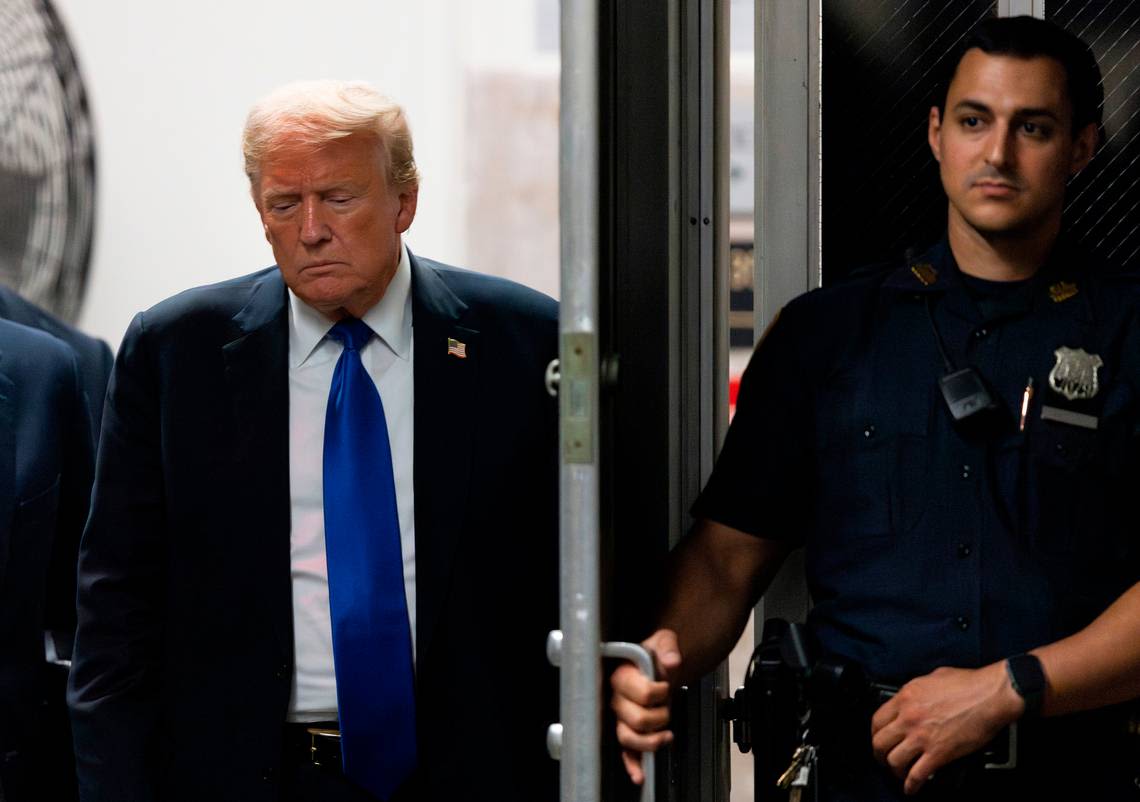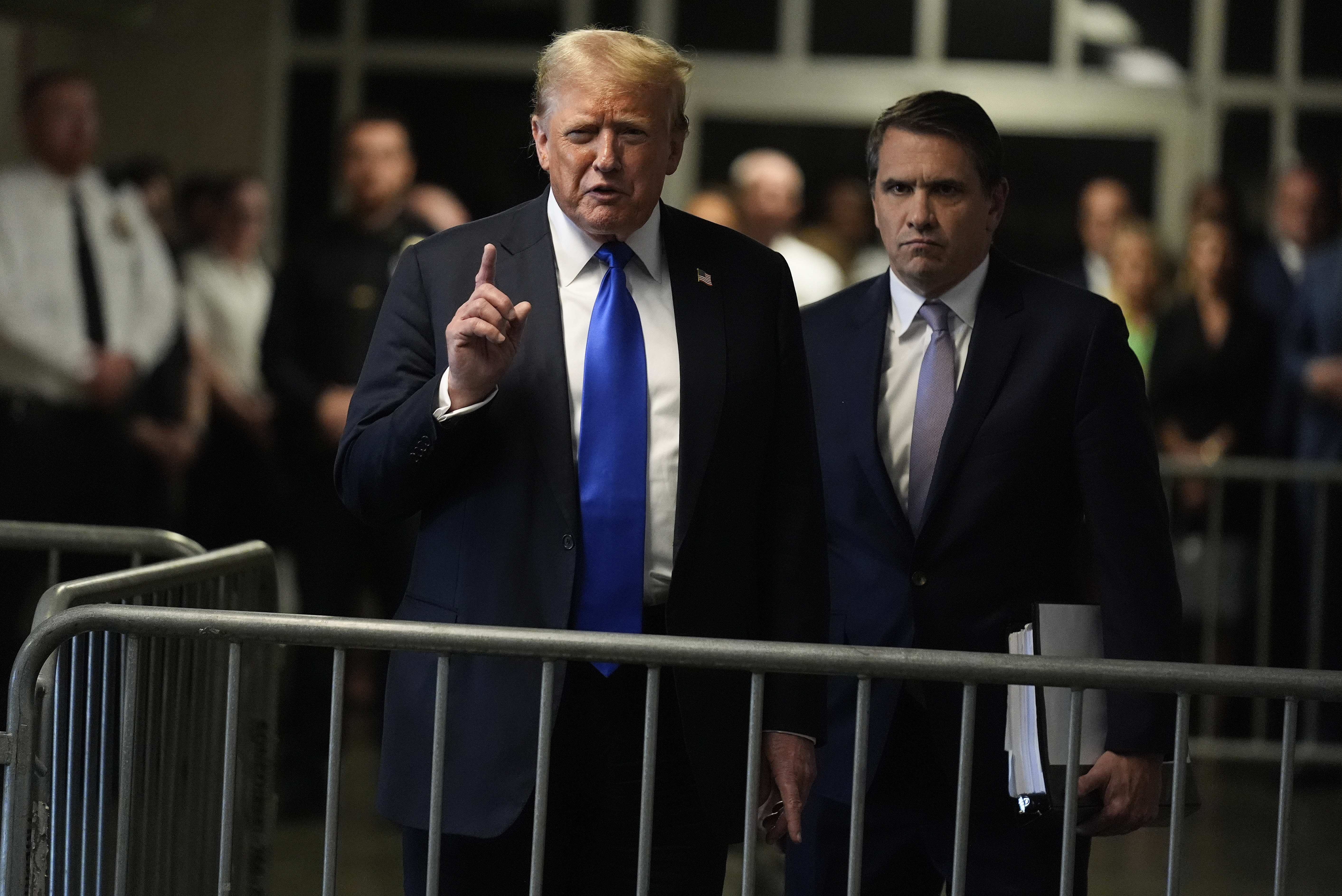Search results
News about Joe Biden, Ukraine, Russia
News about Biden, Israel, Arab American voters
News about Donald Trump, Joe Biden, felony conviction
Jan 27, 2021 · Alex Edelman/AFP via Getty Images. President Joe Biden is sending early signals that action on climate change will be front and center to his administration’s agenda, and that his climate policy...
- Us Climate Action: What’s on Track, and What’s Not?
- Achieved
- Significant Progress
- Some Progress
- Off Track
- What’s Next For Climate Action During The Rest of Biden’s First term?
The Biden administration’s most important climate action to date was signing the Inflation Reduction Actinto law in August 2022, the most comprehensive climate legislation the U.S. has even seen. The law invests hundreds of billions of dollars in clean energy, electric vehicles, environmental justice and more. But passing the Inflation Reduction Ac...
1) Commit to cut total greenhouse gas emissions by at least 50% by 2030: Achieved.
In April 2021, President Biden set a new national goal to reduce emissions by 50% to 52% from 2005 levels by 2030, formalizing it in an updated nationally determined contribution (NDC) under the Paris Agreement. Achieving this goal will be a challenge, but it remains within reachthanks to progress made in 2022 (see #2).
2) Pass a major climate-smart economic stimulus package after COVID-19:Achieved.
Congress enacted the Inflation Reduction Act in August 2022, the largest piece of climate legislation in U.S. history. Building on the Infrastructure Investment and Jobs Act (or Bipartisan Infrastructure Law) passed in 2021, the Inflation Reduction Act establishes a comprehensive set of clean energy incentives, mostly through decade-long tax credits for everything from electric vehicles to direct air capture and sequestration of carbon dioxide. The benefits of both pieces of legislation are b...
3) Tackle super pollutants. Achieved.
Super pollutants like hydrofluorocarbons (HFCs) and methane are emitted in smaller quantities than carbon dioxide, but pound for pound trap much more heat. Tackling super pollutants is a key component of any comprehensive climate strategy. The Senate ratified the international Kigali Amendment on reducing HFCs in September 2022, and U.S. Environmental Protection Agency (EPA) has issued regulationsto phase down HFCs, as directed by the American Innovation and Manufacturing Act enacted in 2020....
4) Require all new passenger vehicles sold after 2035 to produce zero emissions:Significant Progress.
In 2021, Biden set a goal for 50% of new passenger vehicles sold to have zero emissions by 2030 and signed an executive order directing federal agencies to purchase 100% zero-emission light-duty vehicles by 2027. In 2021, the EPA issued a final rule to significantly reduce greenhouse gas emissions from passenger vehicles (model years 2023 to 2026) and proposed strong standardsfor model year 2027 and later vehicles. At the state level, California finalized rules to require zero emissions from...
5) Scale up carbon dioxide removal: Significant Progress.
In addition to reducing emissions as quickly as possible, to meet its climate targets the U.S. will need to scale up methods to removeand permanently sequester carbon dioxide that is already in the atmosphere, using both natural (e.g. trees) and technological (e.g. chemical scrubbers) means. The Bipartisan Infrastructure Law includes significant investments in wildfire risk reduction and ecosystem restoration to protect and promote natural carbon removal. It also establishes four regional hub...
6) Ramp up clean electricity standards to 55% by 2025, 75% by 2030 and 100% by 2035: Some Progress.
Biden has reiterated his goal to reach 100% clean electricity by 2035 and signed an executive orderrequiring federal agencies to procure 100% carbon pollution-free electricity by 2030. The tax credits for clean electricity generation included in the Inflation Reduction Act will make substantial progress toward these goals but may not be sufficient to get to a 100% carbon-free electricity system without additional measures — particularly accelerating the construction of additional electricity...
7) Set appliance and equipment standards to replace fossil fuels with electricity whenever feasible: Some Progress.
The Inflation Reduction Act includes a $2,000 tax credit for new heat pumps, a 30% tax credit for residential solar systems and batteries, and $9 billion to support state energy efficiency and electrification rebates. The Biden administration continues to follow through on its proposal to use the Defense Production Act to increase the availability of heat pumps. In November 2023, DOE announced$169 million in funding from the Inflation Reduction Act for nine DOE projects focused on acceleratin...
8) Set emission performance standards for cement, steel and plastics. Some Progress.
The Bipartisan Infrastructure Law includes major investments in carbon capture and sequestration and clean hydrogen production and use. These investments could go a long way in demonstrating methods to decarbonize emissions-intensive industrial subsectors. In addition, a 2021 executive order directs federal agencies to buy low-carbon building materials and achieve net-zero federal procurement by 2045. In 2022, the Biden administration announced a new initiative requiring major suppliers to th...
10) Tax Pollution: Off Track.
The Inflation Reduction Act and Bipartisan Infrastructure Law represent the most significant climate policy advances in U.S. history and include important investments in climate-smart infrastructure and incentives to deploy climate solutions at scale. No climate policy is complete, however, without a mechanism to ensure that emissions-reduction targets are met through enforceable emissions caps and/or an emissions fee that ratchets up if other measures fall short. The U.S. is not yet on track...
After decades of effort ending in failure, near-misses or small wins, Congress finally delivered transformative legislation to tackle the climate crisis in 2022. This would not have happened without Biden’s leadership, as well as the efforts of Congressional champions and countless climate action advocates and analysts. Of course, the hard work of ...
- Dan Lashof
Aug 5, 2021 · CNN — President Joe Biden unveiled another component of his administration’s plan to fight the climate crisis on Thursday, announcing a new target that half of vehicles sold in the country by 2030...
Apr 22, 2021 · President Biden announced Thursday that America would aim to cut its greenhouse gas emissions 50 percent to 52 percent below 2005 levels by 2030. That’s one of the more aggressive near-term...
Apr 22, 2021 · US President Joe Biden has told a major summit that we are in a "decisive decade" for tackling climate change. The US has pledged to cut carbon emissions by 50-52% below 2005 levels by the year...
Nov 10, 2020 · 9 November 2020. By Matt McGrath,Environment correspondent. Reuters. A truck is surrounded by flood waters in Lake Charles, Louisiana, following Hurricane Delta. Joe Biden's plan to tackle...
Apr 22, 2021 · Explainers. 5 things to know about the new US climate commitment. It’s the most ambitious target to date, but it still may not be big enough to atone for our outsize emissions. by Umair Irfan....






